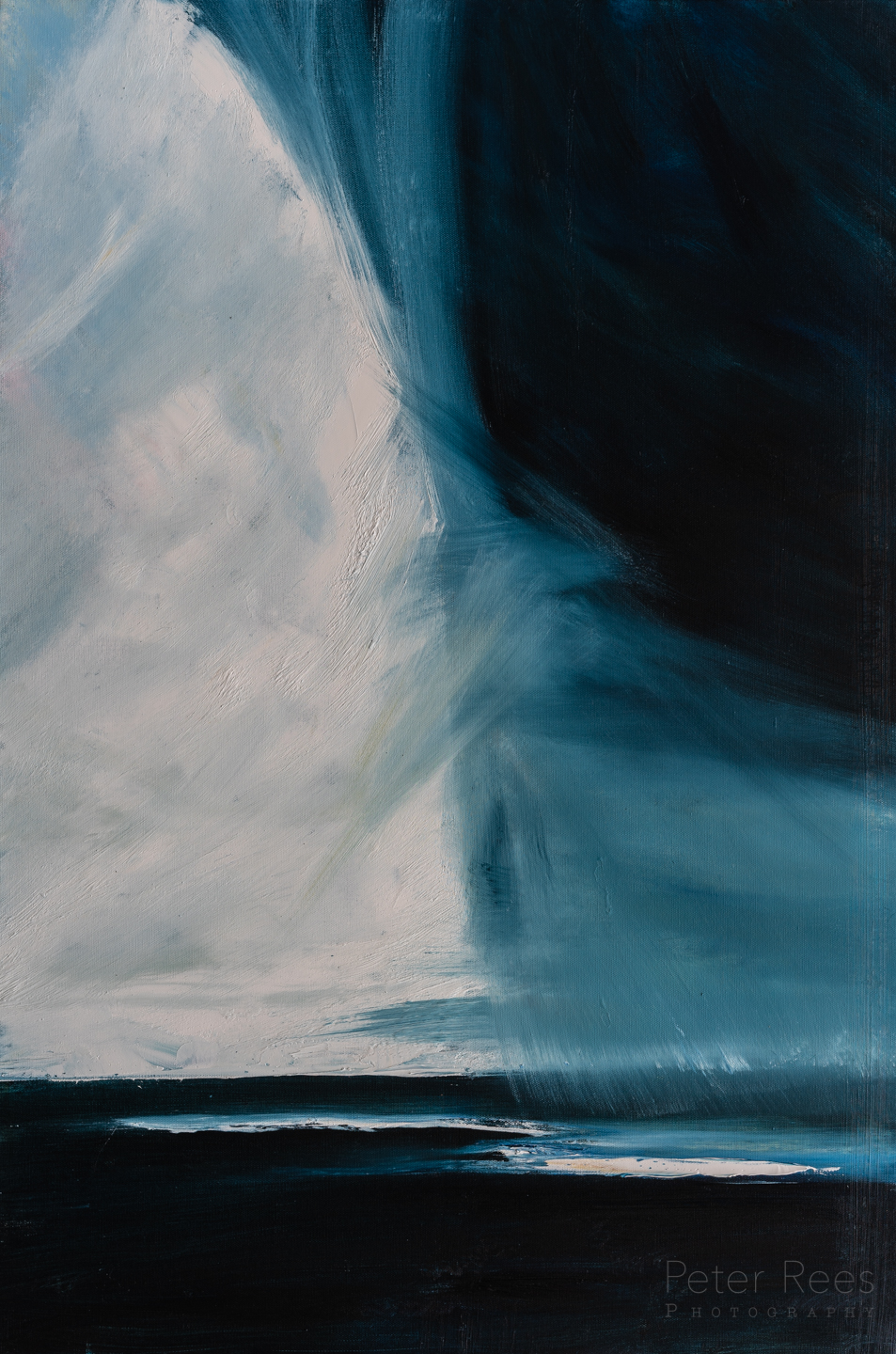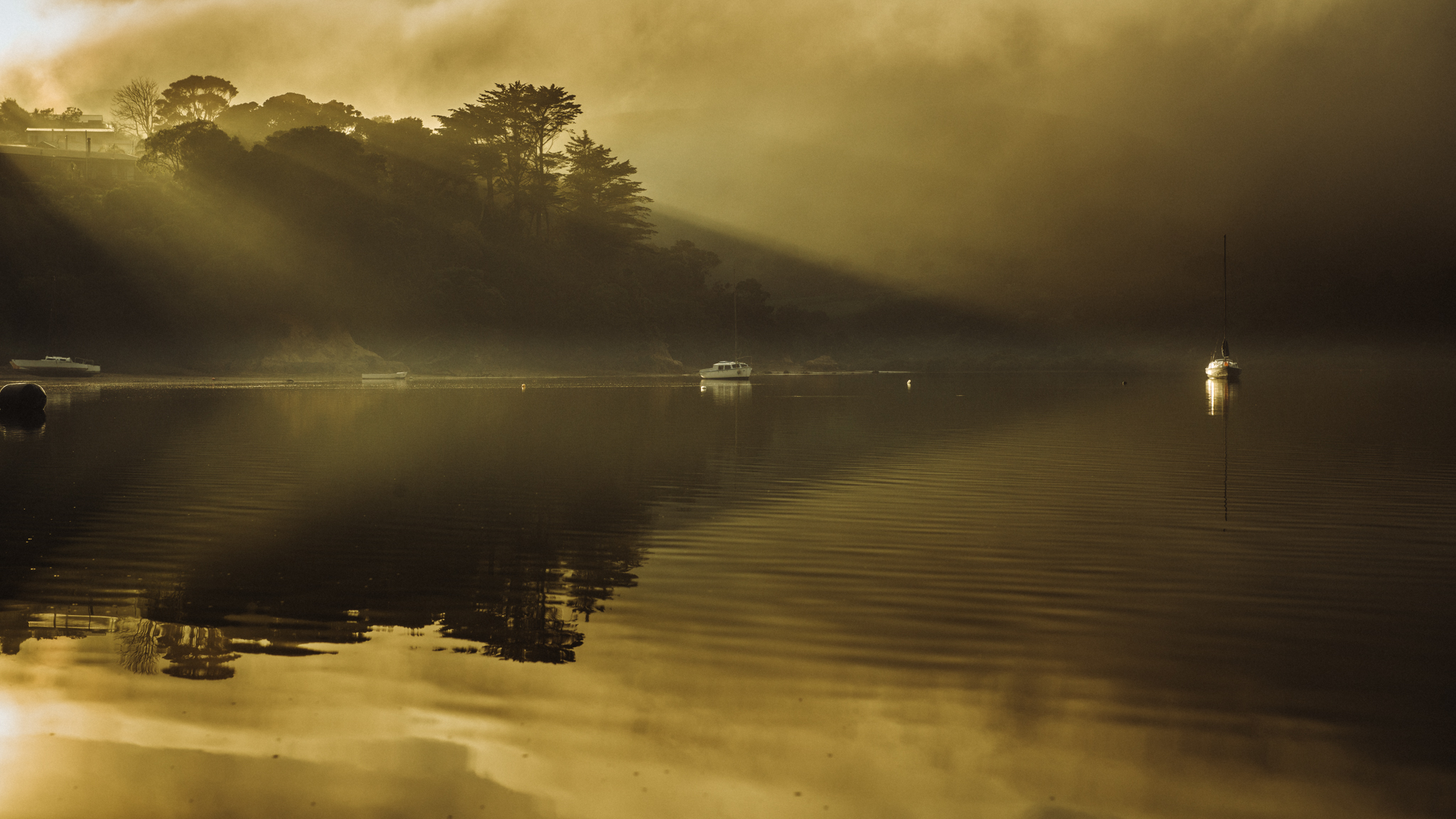Aotearoa NZ Photographers – Peter Rees
Design Assembly recently got the opportunity to chat with photographer Peter Rees to find out more about his life behind the lens, the diverse subjects he shoots, how art informs his process, opportunities to capture unexpected delight and being inspired by our land and seascapes.
This article is proudly brought to you by mychillybin.
![]()

How did you initially get started in the photographic industry?
My degree was in Fine Art Painting, but I always used photography to inform my painting research and visual ideas for landscape-based work at the time. For many years in the UK, I worked as an artist on large oil paintings for galleries. Again during this time, photography was always an important part of the working process even though the style of the paintings became quite abstract. There were also periods where I taught painting and many years buried in the darkroom prior to the digital change.

When I moved to New Zealand in 2007, I’d pretty much had my fill of galleries and gallery work, plus my partner and I also moved onto a sailing boat where we lived for 3 years before eventually moving to Waiheke Island. It became really obvious that the New Zealand market for selling big paintings had its limitations, plus I had no space for painting! At this stage, after teaching for a while, I saw a clear opening for a dramatic style of work photographically, which in many ways extended the style of painting I loved. Again the Fine Art market is a hard place to make a full-time living, so I also revisited commercial architectural photography, event-based work alongside a more art-based practice.
How much of your work is via client commissions vs art-based practice?
From a financial perspective, a large percentage of my income is now commercial photography. This includes work for architects, real estate, accommodation, commercial work for companies and event-based photography. It’s a real eclectic mix which satisfies my ‘low boredom threshold’ mentality. I love working in different ways, from portraits to homes, vineyards to wildlife, landscapes to macro photography. In some ways, this approach professionally is not ideal as you tend to not get ‘known’ for one thing, but I have to satisfy what works for me. I still exhibit paintings, produce some commercial illustrations and, until recently, ran courses on photography in New Zealand and internationally. It’s all image-making which I’ve spent a lifetime absorbed in.

What shoot, personal or professional, are you most proud of and why?
Oh dear, the impossible question! Well at a guess in the last 8 years I’ve averaged around 250k images a year so to narrow anything down to a favourite shoot or project is pretty hard. In the commercial work, there have been numerous projects I’ve really enjoyed, almost always reflected in the company and people I’ve worked with. On a personal level, my son is now a photographer working in Queenstown, and I’ve had a few casual shoots with him in the past which have yielded some memorable shots for me in a very personal way.

Your portfolio of work is landscape/seascape dominant but you have a diverse range with amazing portraits of New Zealand’s people and Fauna as well as events and commercial work too! Do you have a favourite subject to shoot?
I most certainly do…everything! The world is just a visual feast, and I find I get excited about so many things. Seriously I would say it’s often more about light than subject matter for me. Dramatic lighting completely floats my boat and has done from my earliest memory of the artists I followed back at university. Caravaggio, Turner, Rembrandt and Vermeer all used light in such an effective compositional, emotional and powerful way. The painting techniques and pictorial language I learned back then have been so influential in the way I see and process photographic images right now.
The detail and quality of light in your candid Tui shots are outstanding. Can you tell us a little about how these photos came about?
My New Zealand bird photography is exclusively the result of always tramping with my camera at the ready. I rarely go out to photograph wildlife, rather I walk a great deal and, living in a remote area of Waiheke Island next to a beautiful regional park, means birds just turn up! That said, during the lockdown period, I did set up a bird feeder of nectar water next to our kitchen window. The Tui shot you see here is taken from that window.


It’s worth a mention at this stage the importance of visualising images. The digital camera gives us a fairly flat interpretation of the subject we are shooting, and I cannot stress enough the importance of an intention when processing these images. In the photography courses I run I often show people the ‘before’ and ‘after’ image and they are blown away by the difference. It’s simple, have an idea about how you want that image to look BUT never go too far in the processing. Photographic credibility has to be maintained, and if anyone looking at the image thinks about what may have been ‘done’ to the image, you’ve gone too far. So with my images, the sense of light and colour can often appear quite painterly but hopefully not to the point that distracts from the image, only enhancing it.
As well as your incredible impressions of Aotearoa environments you shoot abroad too, your photos of Greece for example, are very different from your local work… we are curious how the location you’re shooting informs your approach to style, light or depth of field?
For the last few years, I’ve been lucky enough to spend winter months travelling. Each trip I approach like a wide-eyed child, looking forward to whatever presents itself visually. I always travel with very minimal gear which in itself can be very liberating and reduces choice, this can lead to more thoughtful looking and compositional decisions.
A sense of place is so determined by light and colour. In Japan, particularly Tokyo, the geometry, action, drama, dynamics are part of what you want to reflect. A monastery in Kyoto has a whole other sense of place. In Greece recently, I personally felt the urge to work in black and white a lot which I felt reflected how I saw the ancient streets. I guess with all image-making you are trying to give a sense of place but also providing the viewer with the experience of your way of looking. I’ve often been accused of making Waiheke island look like the Welsh valleys (being a Welshman) because the darker, minor tones are just the way I see things.
All that said this winter I am thoroughly looking forward to staying in New Zealand and getting around some of the areas I’ve never visited to photograph. I think a lot of the country may be thinking the same!

What are you working on right now?
Well, in the light of recent events, I’m actually working on what the implications might be for the commercial work I do going forward. The Covid 19 outbreak has been devastating across the professional photographic community in New Zealand. Certainly, any event-based work is pretty much on hold, but I’m lucky in that other aspects of my work are looking positive in the coming weeks. I have been promising to produce a Waiheke book on landscape and birds so that’s a project that should gain traction during the winter months. I have also had quite a demand for Fine Art cards and prints so that whole aspect of my business I need to move forward. I also intend to move the architectural side of things into more high-end project-based work later this next year. Oh, and a New Zealand road trip planned this winter driving the full length of the country and capturing as much as I can.

What does your dream commission look like?
I’ve always loved sailing, so a commission to sail my boat around the country capturing images from the most remote coastal areas would be pretty exciting. Failing that, and back to the real world, I really enjoy remote wilderness so any commission which would enable months of photographing New Zealand’s amazing landscape would be pretty acceptable!

Do you have any insider tips for budding photographers out there?
I’ve been involved in teaching photography for many years. Firstly in all that time I consistently maintain what I think is the most important starting point: photograph with intention. Whether it’s a passion, a personal interest, everything you do photographically must be something you really want to do and have a real love for.
Secondly, never leave the house without your camera. The best shots are the unexpected ones, and that can happen at any time. Be prepared.
Finally, patience and persistence. There are so many people taking so many great pictures. Try to find your point of difference and keep going at it. I see so many budding photographers who get put off by comparing themselves to the achievements of others which is a frustrating mistake. Great photography is simply not a quick fix, it is a time served process of practising and developing your skills and art over a long period. Be patient.

How can people stay in touch and follow your work?
Website: peterreesphotography.com
FB: https://www.facebook.com/petereespictures
Instagram: https://www.instagram.com/peterreesphotography/



